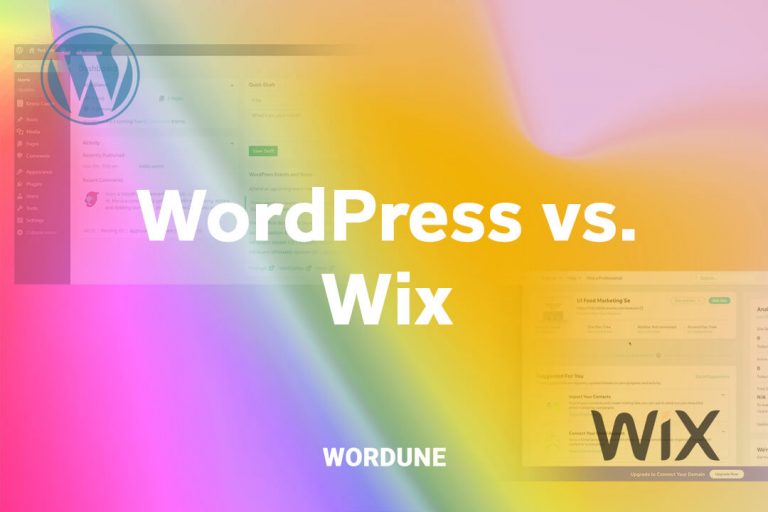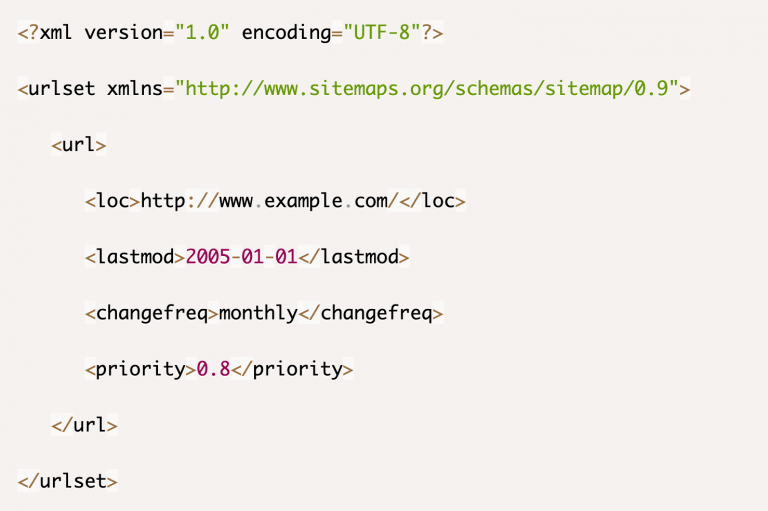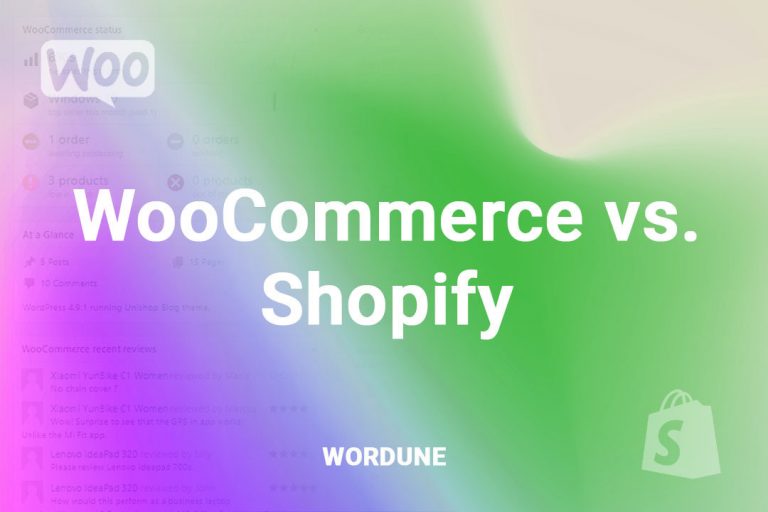Delving into the Metrics that matter for your E-commerce success
In the dynamic realm of e-commerce, where every click and conversion holds significance, understanding the right metrics is crucial for businesses to navigate the competitive landscape and achieve sustainable growth. Tracking these key performance indicators (KPIs) provides valuable insights into customer behavior, website performance, and overall business health, enabling data-driven decision-making that drives revenue and optimizes customer experiences.
1. Sales Conversion Rate

The lifeline of E-commerce | Sales conversion rate, the percentage of visitors who complete a purchase, is the cornerstone of e-commerce success. It reflects the effectiveness of your website in guiding potential customers through the sales funnel, from browsing to buying. A high conversion rate indicates that your website resonates with your target audience and effectively converts their interest into sales.
Sales Conversion Rate = (Total Purchases / Total Visitors) * 100
2. Average Order Value (AOV)
Sizing up the Shopping Cart | Average order value (AOV) measures the average amount spent per order, providing insights into the profitability of your e-commerce business. A rising AOV suggests that customers purchase more items per transaction, indicating increased customer engagement and satisfaction with your product offerings.
By understanding and monitoring average order value (AOV), e-commerce businesses can uncover valuable insights into customer behavior and implement strategies to increase the overall amount spent per order. A higher AOV directly translates to improved profitability, enhanced customer engagement, and a stronger competitive edge in the dynamic e-commerce landscape.
- Product Bundling: Create product bundles that offer a combination of complementary products at a discounted price. This encourages customers to purchase more items in a single transaction.
- Upselling and Cross-selling: Employ upselling techniques to recommend higher-priced alternatives to the product a customer is considering. Cross-selling involves suggesting complementary products that enhance the functionality or usage of the main product.
- Minimum Order Thresholds: Implement minimum order thresholds for discounts or free shipping incentives. This motivates customers to add more items to their cart to reach the threshold and benefit from the offer.
- Strategic Product Placement: Strategically place high-margin or complementary products on product pages, in the checkout process, or on email marketing campaigns to increase their visibility and encourage impulse purchases.
- Personalized Product Recommendations: Utilize artificial intelligence or data analytics to personalize product recommendations based on customer purchase history, browsing behavior, and interests. This enhances the relevance of suggested products and increases the likelihood of additional purchases.
- Effective Use of Product Images and Videos: Use high-quality images and engaging videos to showcase product features and benefits, captivating customer attention and increasing the desire to purchase.
- Clear and Concise Product Descriptions: Provide detailed and informative product descriptions highlighting the unique value proposition and addressing common customer concerns. This promotes informed decisions and encourages larger purchases.
- Limited-Time Offers and Promotions: Create a sense of urgency and encourage immediate action by offering limited-time discounts, promotions, or gift-with-purchase incentives.
- Optimize Checkout Process: Streamline the checkout process by minimizing steps, offering multiple payment options, and addressing potential security concerns. A smooth and secure checkout experience reduces cart abandonment and increases the likelihood of completing purchases.
- Offer Loyalty Programs and Rewards: Implement loyalty programs and reward schemes to incentivize repeat purchases and encourage customers to spend more over time. These programs foster customer loyalty and promote long-term engagement.
AOV = Total Order Amount / Number of Orders
3. Customer Lifetime Value (CLV)
Cultivating long-term relationships | Customer lifetime value (CLV) represents the total revenue a customer generates throughout their relationship with your brand. It emphasizes the importance of fostering long-term customer loyalty, as retaining existing customers is often more cost-effective than acquiring new ones. CLV metrics help identify and nurture high-value customers, driving sustainable growth.
CLV = average_order_value * purchase_frequency * customer_lifetime
4. Customer Acquisition Cost (CAC)
The price of bringing in new customers | Customer acquisition cost (CAC) measures the expense of acquiring a new customer. It encompasses marketing, advertising, and sales costs associated with attracting new visitors and converting them into paying customers. Understanding CAC is essential for optimizing marketing strategies and ensuring that customer acquisition remains profitable.
CAC = Total Marketing and Sales Costs / Total New Customers Acquired
5. Shopping Cart Abandonment Rate
Plugging the leaky bucket | The shopping cart abandonment rate, the percentage of customers who initiate a purchase but fail to complete the checkout process, represents a lost opportunity for revenue. Analyzing the reasons behind cart abandonment, such as lengthy checkout processes or unexpected costs, can help identify areas for improvement and reduce this rate.
Shopping Cart Abandonment Rate = (Abandoned Carts / Total Cart Creations) * 100
Here's an expanded list of essential metrics for e-commerce companies:
6. Website Traffic
Monitoring website traffic provides insights into the overall popularity and reach of your e-commerce store. It includes metrics like total visitors, page views, and bounce rate, which help assess the effectiveness of your marketing efforts and website design.
7. Email Marketing Metrics
Email marketing remains a powerful tool for e-commerce businesses. Tracking email open rates, click-through rates, and conversion rates help evaluate your email campaigns’ effectiveness and identify improvement areas.
8. Product Page Views and Time Spent
Analyzing product page views and time spent on individual product pages provides insights into customer engagement with your products. It helps identify popular products, potential areas for improvement on product pages, and customer interest in specific product categories.
9. Social Media Engagement
Social media platforms offer valuable channels for connecting with customers and promoting your brand. Tracking social media engagement metrics, such as followers, likes, shares, and comments, helps assess the effectiveness of your social media strategy and identify opportunities for further engagement.
10. Return Rate and Customer Satisfaction:
Return rate measures the percentage of products customers return. Analyzing return reasons and customer feedback helps identify product quality issues, shipping or packaging problems, and potential areas for improvement in the overall customer experience.
11. Refund Rate
Refund rate measures the percentage of orders refunded due to cancellations, returns, or disputes. A high refund rate can indicate problems with product quality, order fulfillment, or customer service and should be investigated to identify and address underlying issues.
12. Average Order Processing Time
Average order processing time measures the time it takes to process and fulfill orders from purchase to shipment. Tracking this metric helps ensure timely order fulfillment and minimize customer frustration.
13. Customer Support Metrics
Tracking customer support metrics, such as average response time, resolution time, and customer satisfaction with support interactions, provides valuable insights into the effectiveness of your customer support team. Identifying areas for improvement can enhance customer satisfaction and loyalty.
Conclusion
In conclusion, measuring and analyzing these key metrics provides e-commerce businesses with a roadmap for success. By tracking these indicators, businesses can gain valuable insights into customer behavior, identify areas for improvement, and make data-driven decisions that optimize website performance, enhance customer experiences, and drive sustainable growth in the ever-evolving e-commerce landscape.
- Premium services offering E-commerce solutions
Many E-commerce websites are built using WooCommerce, but can we consider all of them successful?
If you require assistance building or upgrading your e-commerce website, you can utilize our WordPress WooCommerce Development service or consult a PHP developer. At Wordune, you can hire a PHP developer at a reasonable hourly rate.
Useful tags
WooCommerce vs. Shopify
Adobe Xd vs. Sketch
15 top best Elementor addons
How to create a Custom WordPress Widget?
Wix vs. WordPress
How can you boost the sale on your E-commerce website?
WPBakery vs. Elementor
How to edit Functions.php in WordPress?
How to disable Right-Click in WordPress?
How to Optimize your WordPress Sitemap?
-
Written by: Alex Neil
- Alex, a Wordune team member passionate about helping people and leading projects. I specialize in Web and WordPress. I'm a space lover, techie, and mouse potato.













No comment yet, add your voice below!